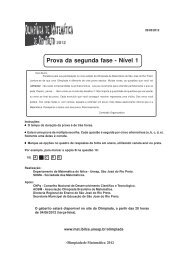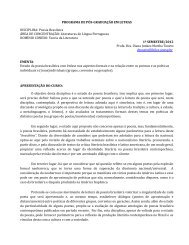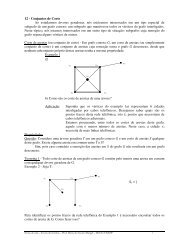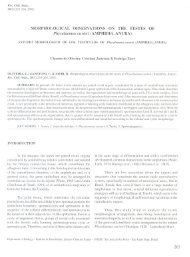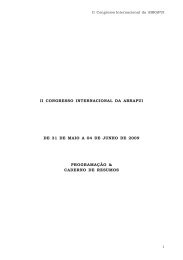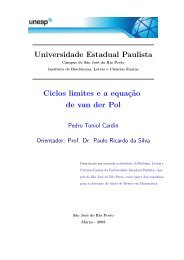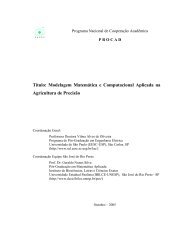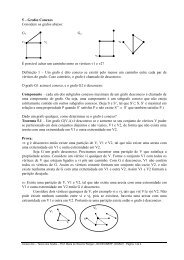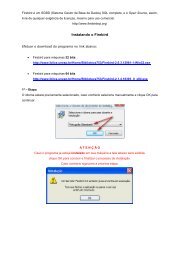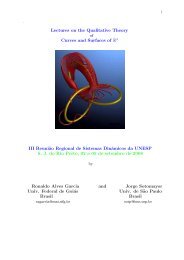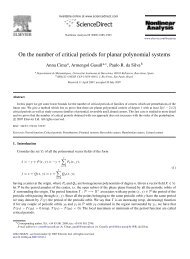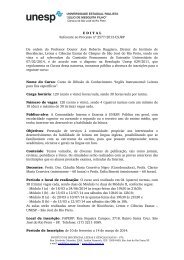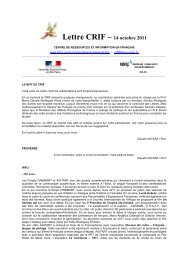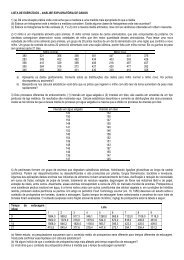Equações Diferenciais Ordinárias (notas de aula) - Unesp
Equações Diferenciais Ordinárias (notas de aula) - Unesp
Equações Diferenciais Ordinárias (notas de aula) - Unesp
You also want an ePaper? Increase the reach of your titles
YUMPU automatically turns print PDFs into web optimized ePapers that Google loves.
3.5 Fatores integrantesAssim6t 2 x + 4x 3 = ∂u∂x = 6t2 x + ϕ ′ (x)4x 3 = ϕ ′ (x)x 4 + c 1 = ϕ(x).Portanto u(t, x) = t 3 + 3t 2 x 2 + x 4 + c. Assim, as curvas soluções (t, x(t))da equação diferencial satisfazem t 3 + 3t 2 x 2 + x 4 = c.3.5 Fatores integrantesDefinição 3.5.1 (Fator integrante) Se a equação diferencialM(t, x)dt + N(t, x)dx = 0 (3.22)não é exata em Ω ⊂ R 2 , chama-se fator integrante a toda função real µ =µ(t, x) <strong>de</strong>finida em Ω tal queé uma equação diferencial exata em Ω.Observação:µ(t, x)M(t, x)dt + µ(t, x)N(t, x)dx = 0 (3.23)É claro que toda solução x = x(t), t ∈ I, <strong>de</strong> µ(t, x)M(t, x)dt +µ(t, x)N(t, x)dx = 0, que verifica: µ(x, x(t)) esta <strong>de</strong>finida e µ(t, x(t)) ≠ 0 paraGerman Lozada CruzMatemática-IBILCEIBILCE-SJRPtodo t ∈ I é também solução <strong>de</strong> M(t, x)dt + N(t, x)dx = 0 em I.Exemplo. Encontrar a solução da equação diferencialx(1 + tx)dt − tdx = 0. (3.24)Nesta equação temos M(t, x) = x(1 + tx) e N(t, x) = −t. Claramente ∂M∂x =1 + 2tx ≠ −1 = ∂N . Portanto a equação diferencial não é exata.dtEntretanto para x ≠ 0 multiplicamos a equação diferencial por µ(t, x) = 1 x 271



